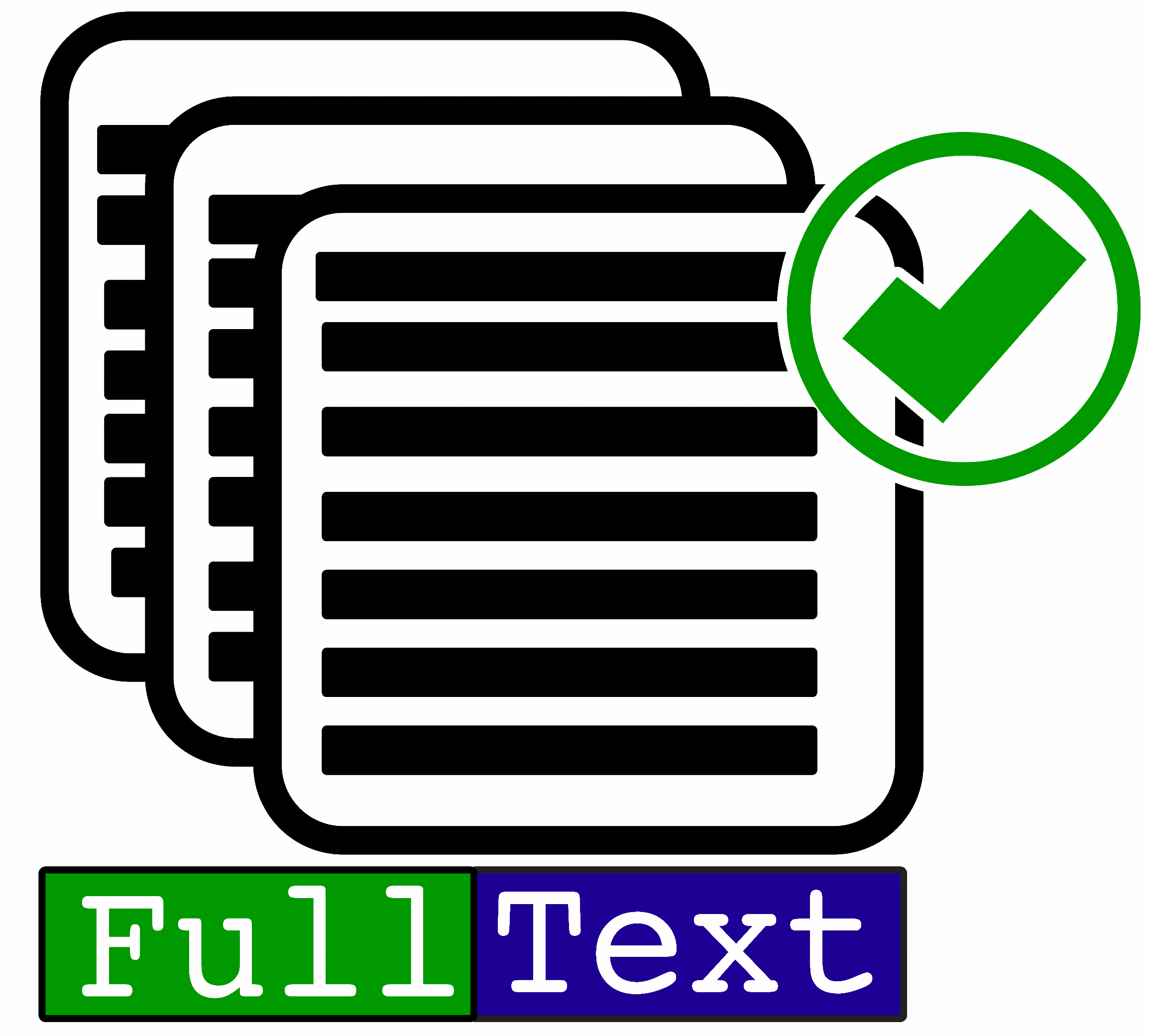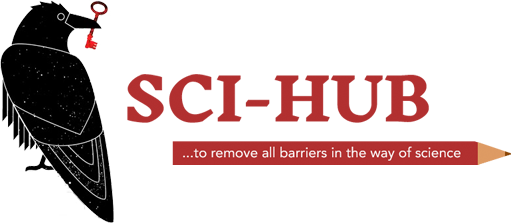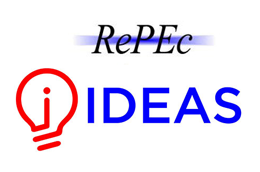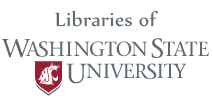Impact Factor : 0.548
- ISI Impact Factor: 1.802
- OCoLC: 999826537
- LCCN: 2017202541
Crossmark Policy
Introduction:
In an era where information plays a pivotal role in shaping our understanding of the world, it is crucial to have mechanisms in place that ensure the integrity, reliability, and transparency of scholarly publications. The CrossMark policy has emerged as a powerful tool to address these concerns, providing a unique system to validate and maintain the accuracy of academic articles. This essay explores the CrossMark policy, its significance, and its impact on promoting trust and transparency in scholarly research.
Understanding the CrossMark Policy:
The CrossMark policy, introduced by Crossref, a not-for-profit organization, serves as a digital marker embedded within scholarly articles. It enables researchers, readers, and other stakeholders to quickly identify if a document they are accessing is current and trustworthy. CrossMark provides a consistent and standard means to indicate updates, corrections, or retractions made to an article after its publication, ensuring the most up-to-date version is easily accessible.
Importance of the CrossMark Policy:
Ensuring Accuracy: The CrossMark policy acts as a safeguard against the dissemination of inaccurate or outdated research findings. By allowing researchers to annotate their work with corrections or updates, it ensures that the scientific record is continually refined, enabling the academic community to rely on the most accurate information.
Enhancing Transparency: CrossMark helps foster transparency by making it explicit when changes or additions have been made to an article. This transparency enables readers to understand the evolution of a study and assess its credibility over time. It also encourages open dialogues, peer discussions, and collaborations, which contribute to the advancement of knowledge.
Preserving Trust: By visibly displaying the CrossMark logo on an article, publishers signal their commitment to maintaining the accuracy and integrity of the scholarly record. This practice enhances the trust readers place in academic publications, enabling them to confidently engage with the content and make informed decisions based on reliable information.
Facilitating Discoverability: CrossMark facilitates the discovery of related research and associated data. The policy allows linking articles to supplementary materials, such as datasets, protocols, or raw data, which can be crucial for replicability and further exploration of the research. By providing these connections, CrossMark promotes interdisciplinary collaboration and knowledge dissemination.
Impact of CrossMark Policy on Stakeholders:
Researchers: CrossMark empowers researchers to maintain control over their work by allowing them to update or correct their articles, thereby minimizing potential errors and misunderstandings. It also provides a valuable avenue to communicate any changes made to their research, ensuring the ongoing integrity of their scholarly contributions.
Readers: CrossMark offers readers a visual indicator of an article's status, enabling them to make informed decisions about its reliability. It encourages critical evaluation of information and discourages reliance on outdated or retracted studies, ultimately improving the quality and credibility of the scientific literature.
Publishers: The CrossMark policy provides publishers with a means to demonstrate their commitment to academic integrity. By adopting this policy, publishers establish themselves as trusted sources of information and contribute to the overall reputation and reliability of their journals or platforms.
Conclusion: In an era of rapid information dissemination, the CrossMark policy has emerged as a powerful mechanism to enhance trust and transparency in scholarly publications. By allowing researchers to update and annotate their work, it ensures the accuracy and credibility of scientific literature. The policy not only benefits researchers, readers, and publishers but also serves the broader academic community by promoting a culture of openness, accountability, and continuous improvement. As we navigate the ever-evolving landscape of research, the CrossMark policy stands as a beacon of integrity, fostering a reliable knowledge ecosystem for generations to come.
Article Formats

PDF (Portable Document Format) is a file format that has captured all the elements of a printed document as an electronic image that you can view, navigate read more...

Full Text
A full-text database is a compilation of documents or other information in the form of a database in which the complete text of each referenced document is read more...

E-Pub
BJSTR honorably accepting E-Pub that are written by scholars and influences the learning practice around the world. E-books form a growing part read more...




































